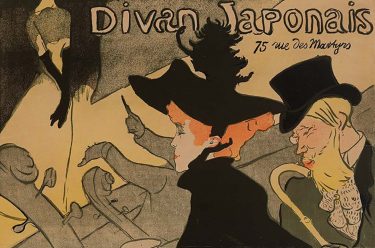As we’re all rediscovering our local regions, taking walks, watching the seasons change and exploring environments closer to home, it brought to mind how ukiyo-e artists once turned their restricted movement into a vibrant time of creativity, finding new ways to capture places and people, and drawing endless inspiration from their local surroundings.
International travel was heavily restricted during the Edo period (1603-1867) and so ukiyo-e artists in Japan found incredibly imaginative ways to depict local scenery, and it became the main subject matter to push their art in new creative directions. Ichiryusai Hiroshige (1797–1858, born Andō Hiroshige, also known as Utagawa Hiroshige) was one of the most experimental in this pursuit and fuelled a curiosity people felt for how their cities and landscapes could be pictured.
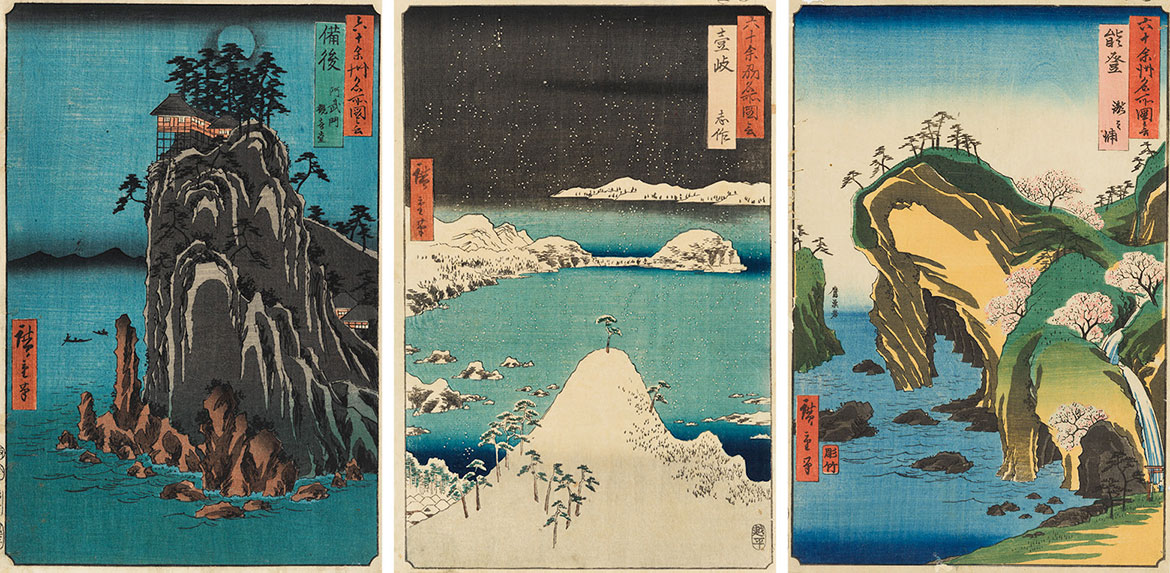
Hiroshige’s dramatic images focused on natural wonders, famous sites, thriving cities and regional outposts, capturing the land as it changed throughout the seasons and the people of different areas going about common activities of the time. Like other ukiyo-e artists, he would spend great amounts of time exploring areas in and around the cities or along common routes such as the Tokaido road that connected Kyoto and Edo (present day Tokyo), often creating numerous images of the same place.

Hiroshige’s first meisho-e set (views of famous places) ‘Famous views of the Eastern Capital’ c.1833-35 was followed by several other series including ‘One hundred famous views of Edo’ (modern day Tokyo), ‘Views of famous places of the sixty-odd provinces’ and ‘Thirty-six views of Mount Fuji’. Alongside works by artists such as Katsushika Hokusai (1760-1849), Hiroshige’s prints popularised the Japanese landscape on a vast scale with these sets of views, and while they generally depicted familiar local places only a short distance from the main cities, the imaginative approaches and perspectives continually conjured new fascination in these sites.
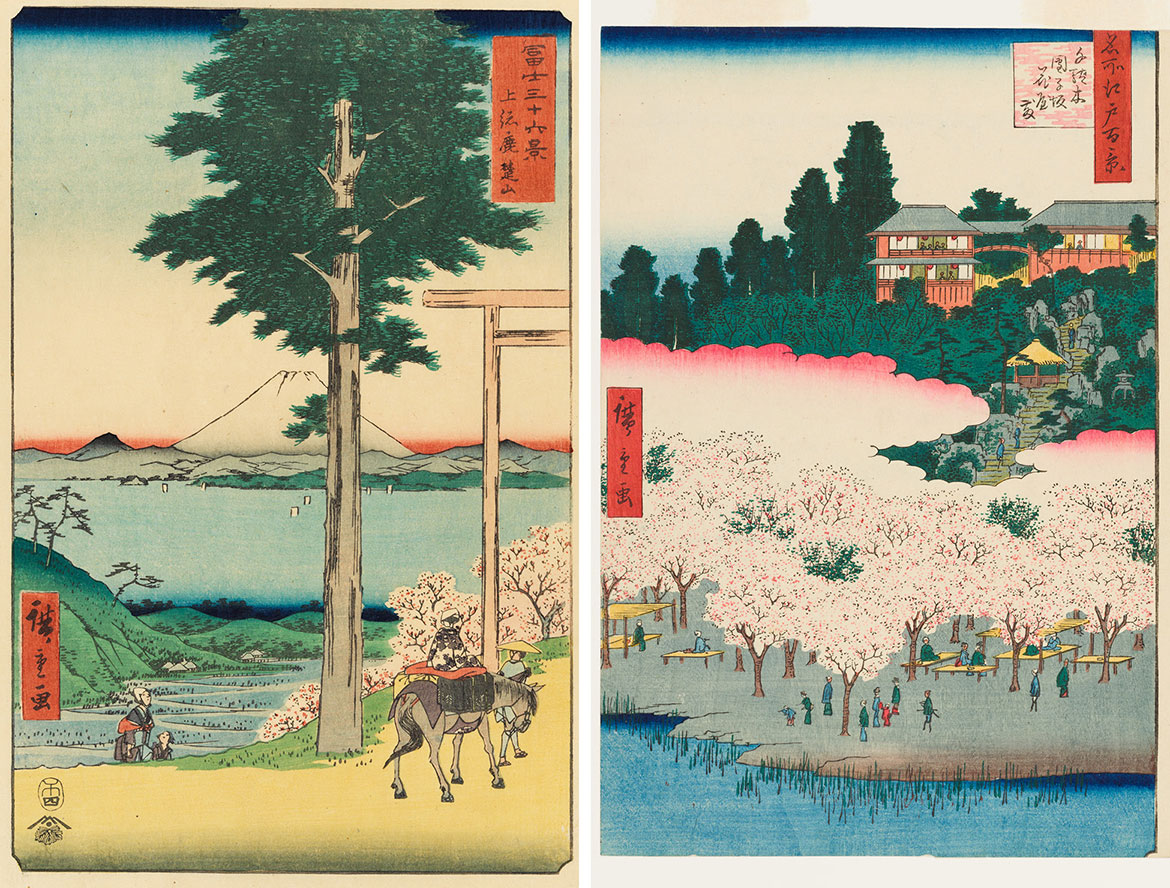
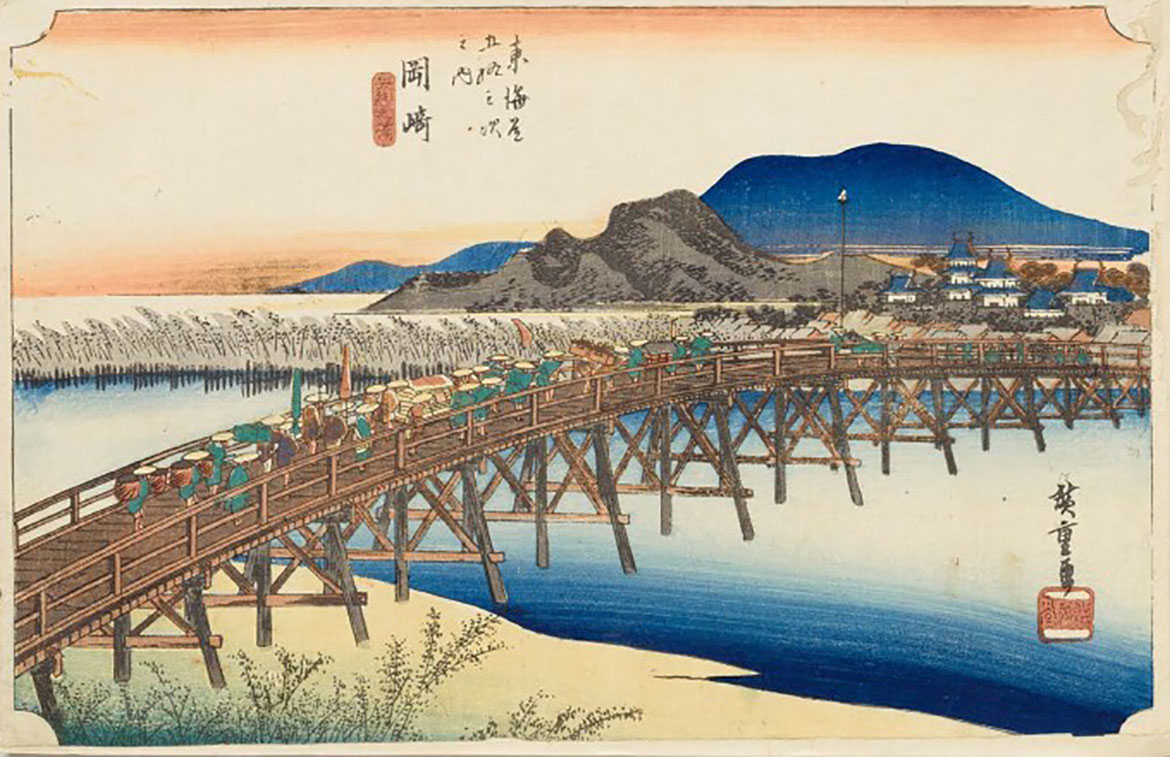
Hiroshige pioneered the use of a vertical format for landscapes in the early 1850s, enabling him to experiment further with depth and framing, and he also held an interest in European art which saw him apply principles such as linear perspective, an element unpopular in Japan at the time. Through a number of carefully arranged devices he executed a complex layering of picture-planes, leading viewers through the great depths of his evocative landscapes through a series of motifs and scenarios. Often a road or parade of people wind their way through a composition, coming in and out of view as they cross different sections of the image, or gradually disappearing into the distance.

The pronounced range of scale similarly built striking scenes, where subjects in the foregrounds are commonly framed or echoed in parts of the architecture or landscape in the backgrounds. Trails of people on walks or a scattering of boats add human narratives, sometimes acting as a focal subject while at others almost completely blending into the landscapes to heighten the atmosphere. He added drama to the images with steep hills, cascading waterfalls, trees balanced on rocky cliffs, lines of boats extending across broad waterways, along with sweeping lines and highlights of colour contrasted against masses of cloud and snow, or framing solid forms like a majestic Mt Fuji.

While these views were originally created for a domestic audience, Hiroshige’s prints were among the most actively collected and admired in the late nineteenth century by European avant-garde artists due to their unusual subjects and execution. The incredibly dynamic viewpoints and scenarios Hiroshige composed have inspired artists around the world ever since and influenced many other forms of popular culture. They show how unique and restricted circumstances can still foster creativity and new ways to envision our surroundings, if not also a little reminder of places we can’t wait to visit again.
Tarun Nagesh is Curator, Asian Art, QAGOMA

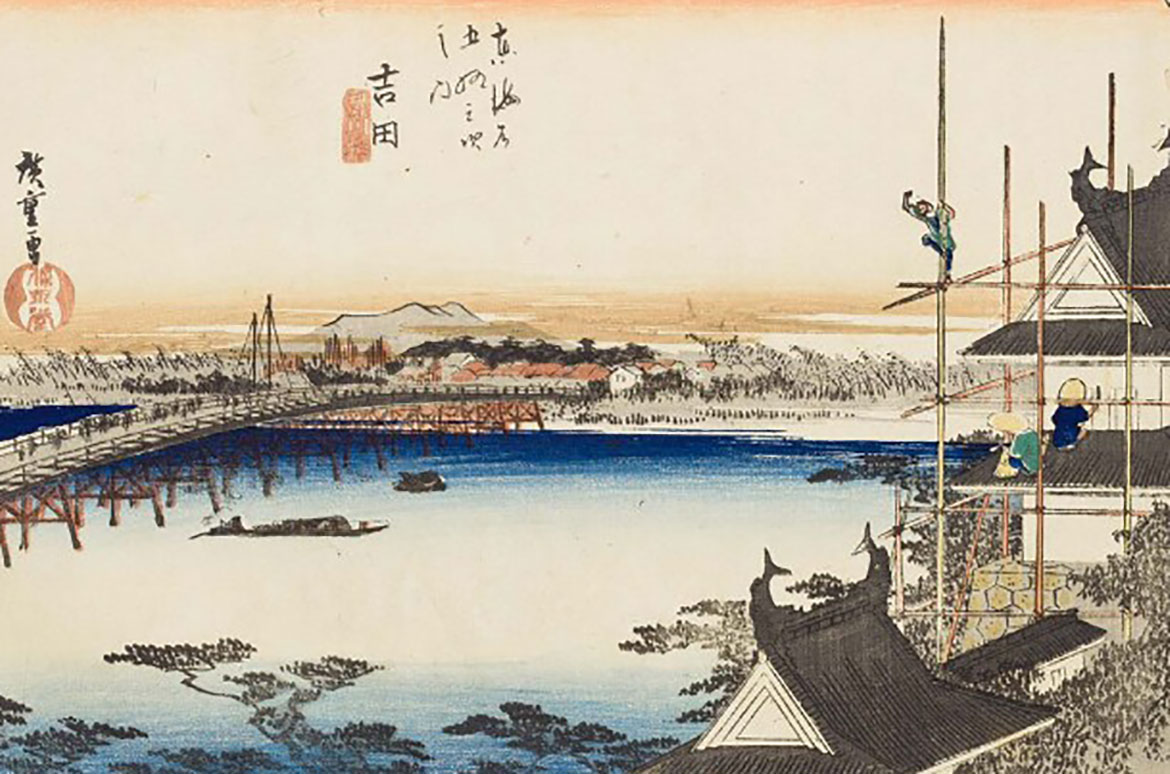
Featured image detail: Ichiryusai Hiroshige Bridge Over the Toyokawa River at Yoshida c.1845
#QAGOMA

